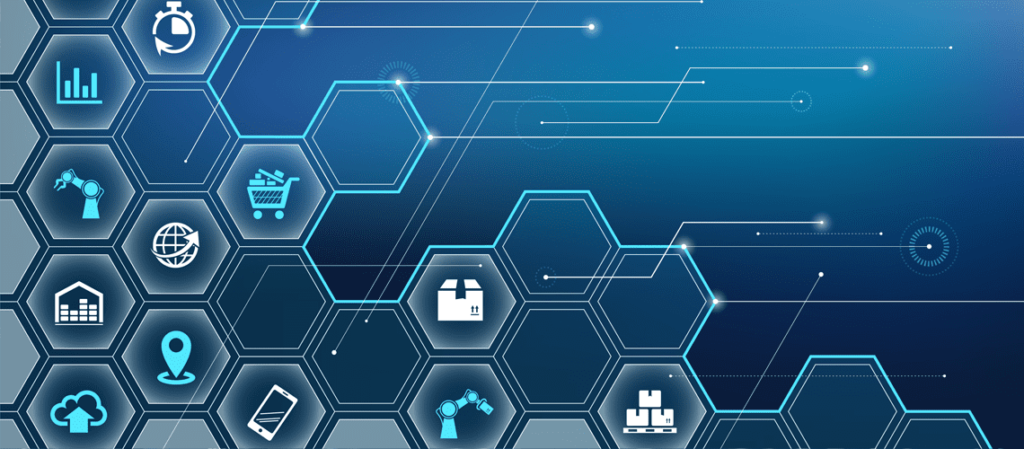In a world of digital transformation, organizations are facing many challenges. These include compromised security visibility and control, added complexity, higher costs, and poor performance.
Conventional WAN security architectures must be more suited to handle the complexities introduced by cloud-based services and globally distributed workforces. They require new access controls, data protection, and threat protection models.
Networking
Networking is the process of connecting people and resources to achieve common goals. It can be helpful for career development, as it provides a platform to share ideas and information about what you’re working on, which can lead to more opportunities.
Computer networking studies how computer systems can be connected to exchange data and share information. It is a critical part of many aspects of daily life, as without it, there would be no way to communicate or transfer information.
A network is a collection of computers and other devices exchanging data through cables or wireless connections. It is characterized by the communication protocols that control how the data is transported, the topology of the network, the size and number of computers, and the traffic control mechanism.
The most common networks are local area networks (LANs), metropolitan area networks (MANs), and wide area networks (WANs). LANs usually connect multiple computers or other devices within a limited geographic region. They are typically used in households or small and medium-sized companies.
MANs are often used in large organizations that need to connect hundreds of computers in different locations. WANs are generally used by larger businesses that need to combine several countries or even continents.
A network is a critical aspect of secure digital transformation, as it connects applications and users no matter where they are. It also helps secure machine-to-machine connections between the production line’s operational technology (OT) systems and IoT devices.
Security
With employees increasingly working from remote locations and a pandemic of cyber threats that require more and more bandwidth, organizations need to deliver cybersecurity in the cloud, as close to users as possible. Moreover, organizations need to be agile and responsive to business opportunities in a digital world.
This means that security policies and authentication procedures must be standardized and enforced uniformly across the network, even from the edge. This requires a cloud-native, unified security platform that includes firewalls, secure web gateways (SWG), data loss prevention (DLP), cloud access security brokers (CASB), and zero-trust network access technologies.
These security components combine is to form a powerful and effective solution for distributed enterprise networks. Understanding what is SASE will help you to grasp better how it gives IT teams a unified networking and security architecture that can be controlled through a central management platform, hence reducing complexity and streamlining operations.
SASE also optimizes performance by intelligently managing security exchanges in real-time, reducing latency for users as they try to connect to cloud applications and services. This allows users to remain connected and productive while ensuring their company’s sensitive information stays safe.
SASE is the key to securing digital transformation and protecting critical business operations and user data. This new model offers a more forward-thinking approach to solving problems like blocking remote users and performance-sensitive traffic at the edge.
Integration
In a fast-paced, ever-changing IT landscape, system integration is essential for businesses to stay competitive. It can improve business processes, workflow efficiency, and operational costs.
Software integration generally integrates different types of subsystems to share data in real time. This process can be streamlined with modern integration tools.
Integrated systems are more powerful than the sum of all independent ones. They deliver greater functional significance and offer a better user experience.
Integrating security into the entire digital technology process is the key to secure digital transformation. By doing so, organizations can reduce risk and maximize security outcomes.
To begin, business teams need to understand what needs to be unified and the best method for their situation. This includes asking questions about each software system they want to connect to and establishing their specifications.
Once they clearly understand what needs to be done, the next step is to develop an integration blueprint. This should include a diagram of how the different systems will link up.
Before implementing the new integration, business teams should run regular tests to ensure it functions properly. This will help identify any inefficiencies or discrepancies quickly and prevent further issues from developing.
Deployment
Deployment is making a software application or updates work on a device, whether a test server, production environment, user’s computer, or mobile device. Typically, the software update or application is delivered several times throughout the development process to ensure that it works well and has no issues.
It can save time, strengthen security, and increase visibility. It also helps with automation, simplifying software updates and other maintenance tasks.
Traditionally, deployments have been expensive, infrequent and bulky affairs. However, with the advent of cloud computing and software as a service (SaaS) technology, these processes are far more flexible and scalable.
As a result, many organizations are turning to continuous delivery and software as a service platform. With minimal cost and risk, these systems can deliver new software versions to customers in minutes over the internet.
While these benefits are exciting, they can be challenging for security teams. Digital transformation strategies need to be fast-tracked, but they also require new technologies and infrastructures to be put in place.
This means that the IT and security teams must make the necessary changes to their security policies and practices to support these new initiatives. It also requires them to be agile enough to adapt quickly when unknown risks arise.






More Stories
Fintechzoom.com crypto etf: a practical 2025 guide for real investors
Productivity Tips from BetterThisWorld: Master the 80/20 Rule and Triple Your Output
Wi‑Fi Calling on Android: Complete Setup and Troubleshooting Guide